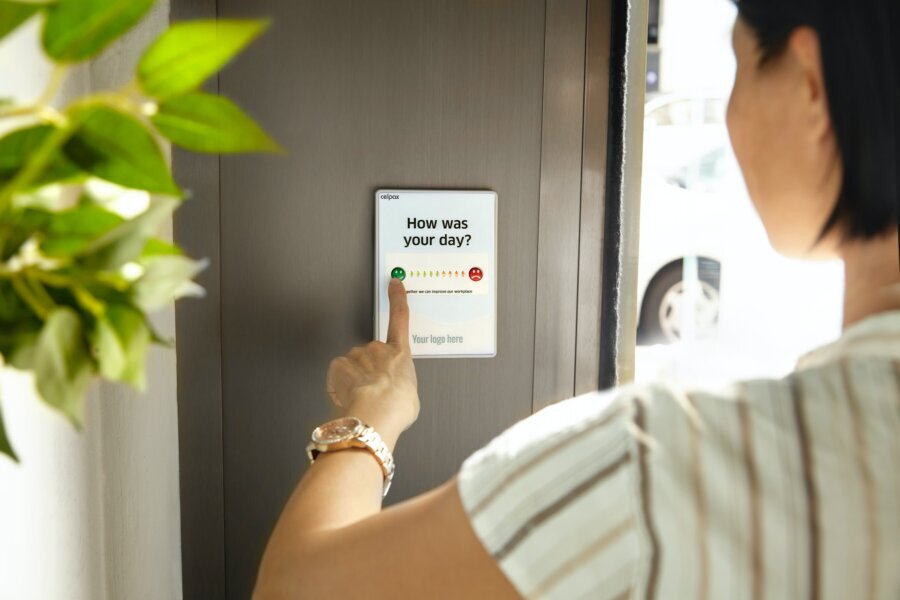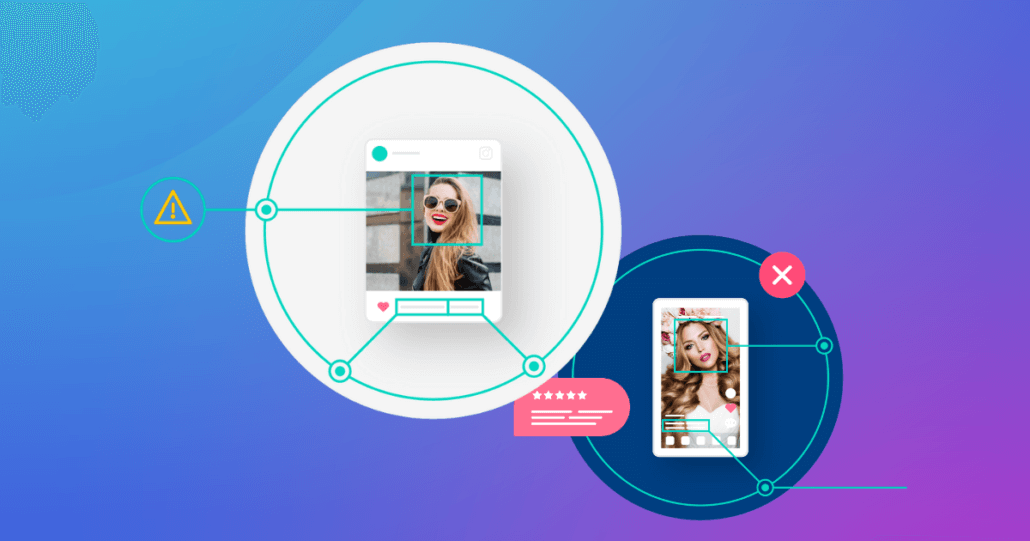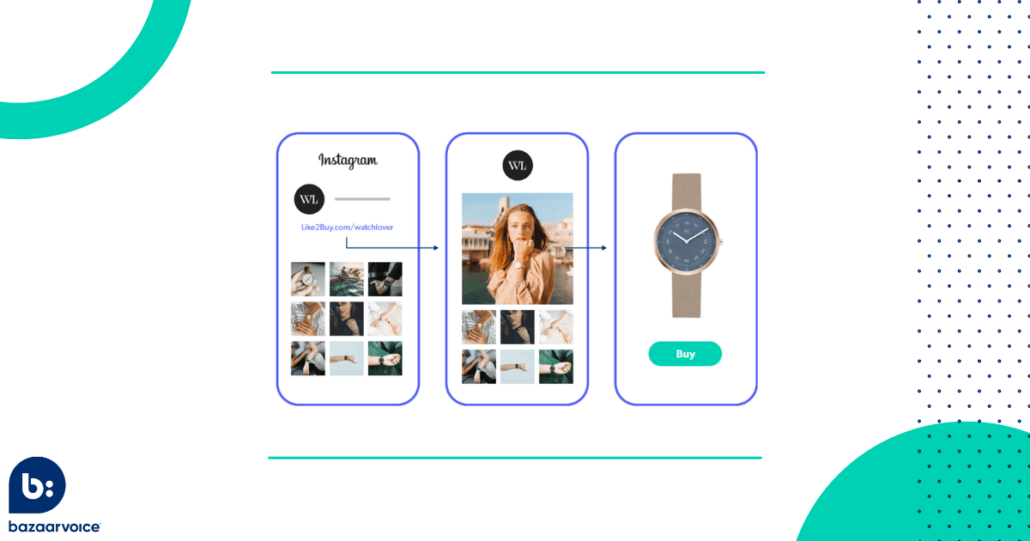June 2, 2023
Customer feedback is essential. Customers aren’t just a source of revenue but also a driving force behind product improvement.
The community surrounding your brand is like a best friend who always provides honest feedback, even when you don’t want it. And input from your community can be one of the most effective ways to make meaningful product improvements. By leveraging feedback, you can continuously build better products while strengthening customer relationships.
3 ways to improve products through customer feedback
Customer feedback can empower lean marketing teams to make customer-centric decisions, refine strategies, build brand loyalty, and foster innovation.
Let’s look at three strategies for harnessing customer feedback to improve your products.
1. Gauge community sentiment with social listening
With 74% of consumers using social media to guide their purchasing decisions, it’s crucial for brands to have a presence on these platforms. Don’t just observe from the sidelines – actively engage with the community to discover what people are saying about your products.
It’s normal to be totally attached to your brand, so viewing your products from an objective perspective can be hard to do. Building a strong community means taking others’ opinions seriously. Social listening provides a platform for unbiased feedback and the wake-up call you might need. Plus, customers who’ve had their voices heard are more inclined to recommend your business to others, which can significantly contribute to organic growth and expanding your customer base.
As Tony Tran writes for Hootsuite, “Your customers are telling you what they want from your brand. If you care about them, you need to take a look at the insights you might gain from social listening.”
Social listening may seem overwhelming at first, especially when sifting through negative comments. However, don’t be discouraged. Over half of global marketers use social listening to understand changing customer preferences and gain valuable insights from customer feedback.
Social listening tips for businesses
When social listening, be sure to:
- Cast a wide net, and don’t focus all your attention on one social network. Expand your reach by maintaining an active presence on multiple social media platforms. This ensures that feedback from all segments of your audience is represented and provides a more comprehensive view of their opinions on your products. Different age groups and lifestyles use platforms like TikTok and Facebook, so having a presence on both allows you to hear from a broader range of demographics
- Take action and engage with your audience every chance you get. Listening is one thing, but validating your customer’s feedback through engagement fosters a stronger relationship. A 2021 SproutSocial-sponsored report found that 70% of consumers develop a stronger bond with a brand through social media interaction. That bond will lead to more valuable feedback and loyalty
- Learn from what your competitors are doing. You can apply social listening to what your competitors are doing on social media, too. Regularly check out how they interact with their audience and gauge how differently your community behaves compared to your competition This will give you a good idea of whether your social efforts are working or could use some tweaking
Whatever the best approach for your brand, keeping an ear to the ground and taking social feedback seriously will help you deliver more value to your customers.
2. Gain customer feedback insights through at-home focus groups
At-home focus groups are a fantastic way to generate excitement while also gathering in-depth customer feedback from your customers.
An at-home focus group involves participants receiving product samples in the mail. Once they’ve experienced the product and formulated an opinion, they have the chance to volunteer their thoughts. These focus groups make a lasting impact because:
- The customers get to keep the product sample — everyone loves free stuff!
- Sharing feedback makes them feel seen and heard by the brand
- They get a chance to try new products risk-free
While customer feedback on social networks can be all over the place, at-home focus groups allow you to really dig deep into your product’s positives — and flaws. Whether you survey these customers or organize a conference call with participants, you can guide the conversation to where it’s most helpful. And what’s more, receiving product samples motivates people to give quality feedback, with 45 reviews generated for every 50 product samples sent out.
Another key driver here is the interest that product sampling sparks. Consumers appreciate the generosity and feel that your brand takes their opinions seriously. This helps maintain loyalty with existing customers and creates memorable experiences for those just starting their journey with your brand.
3. Inform product improvements through negative reviews
It’s totally normal to be ecstatic about glowing reviews, but you should actually spend more time analyzing negative customer feedback. These less-than-favorable reviews will help you identify product flaws that went unnoticed during development and testing.
There’s typically no shortage of negative feedback to draw from, either. Consumers, on average, are 21% more likely to leave a review after a negative experience than a positive one. So the best move is to turn this sea of negativity into lasting improvements to your products.
If not, ignoring negative feedback can damage your brand’s reputation. Take Nintendo, for example. They’ve famously soured their standing among long-time supporters by seemingly disregarding — and in some cases even removing — products and features that customers have been vocal about wanting. Nintendo has decades of brand identity and billions in revenue to fall back on, though — most businesses aren’t so lucky.
So, while it might make sense that your main priority should be hoarding 5-star reviews so other customers see them, the opposite can be true. Constant praise won’t help you identify your shortcomings. Do you want to win 100 new customers via positive reviews or fundamentally improve your product to gain 1000s of repeat customers?
As Neil Patel says, “treat every kind of feedback you receive as a gift. It’s a free piece of information that you can use to improve and grow your business.” Basically, instead of being offended by negative feedback, think of it as a free, constant, and substantial source of insight into how you can improve. Many businesses pay top dollar for that type of guidance.
Brands that use customer feedback build loyalty
Remember, your customers are more than a source of revenue. Leveraging their feedback is crucial for product improvement because it provides valuable insights into your customers’ needs, preferences, and pain points.
You can identify areas of improvement and make informed decisions about product enhancements by using social listening to gauge community sentiment, at-home focus groups to gain deeper insights, and negative reviews to inform key product improvements.
This iterative feedback loop helps align your products with customer expectations, enhances user experience, fosters customer loyalty, and ultimately leads to better and more customer-centric products.
Learn how to build relationships with your customers to discover what they care about in our e-book below.










